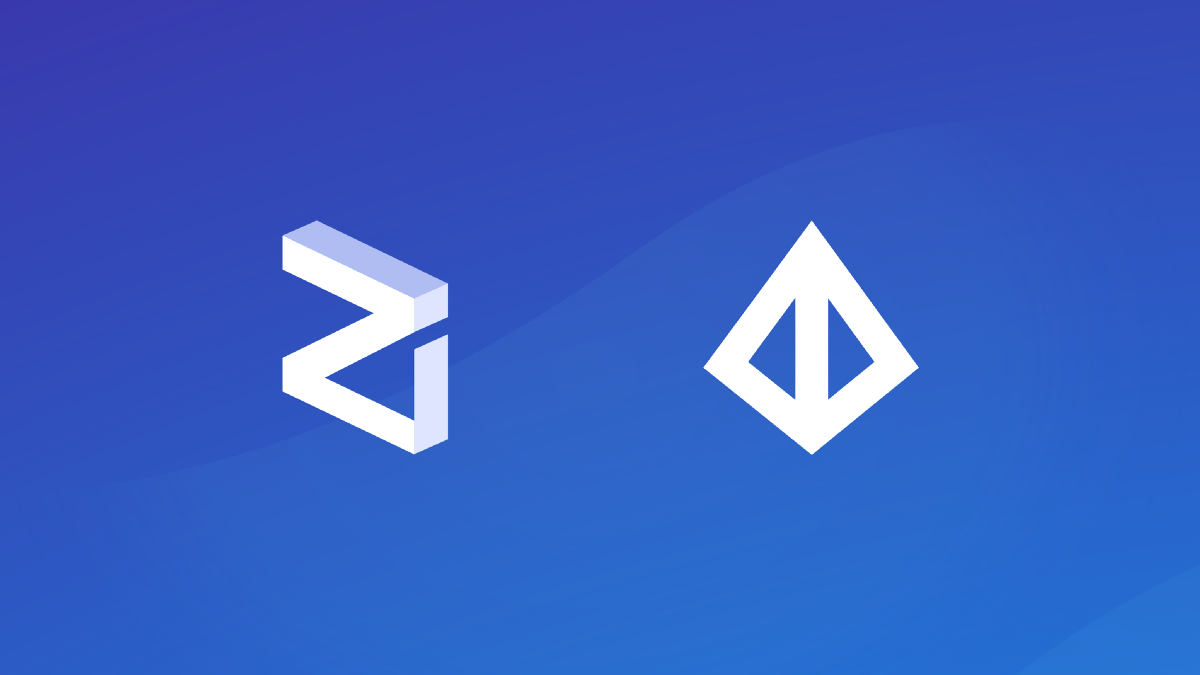In this week’s Token Codex edition, we’re delving into Zilliqa and Loopring, two projects aiming to innovate on top of existing solutions in the blockchain space. And in anticipation for their listing on The Ocean next week, we’ll also be looking at their respective ZIL and LRC tokens! Now, let’s dive right in.
The conundrum of scalability
As blockchain networks swell in popularity and process millions of transactions a day, it’s evident that scalability, i.e. the ability for a system to handle activity as it grows, is a critical issue. On average, Bitcoin processes about 7 transactions per second with Ethereum inching slightly ahead with ~15. These aren’t terribly alarming numbers within the context of decentralized networks, but when framed against the lightning-fast speeds of global payment giants like VISA or MasterCard–it’s safe to say that network speeds are still in their primitive state.
As a point of reference, VISA processes about 24,000 transactions per second around the globe with an average of 150 million payments per day. Swiping your credit card, passing your balance to the merchant, and completing your payment only takes a handful of seconds. In comparison, the average time for an Ethereum transaction to settle is 6 minutes with varying gas fees–and at a peak of only ~12 million transactions, these wait times will only continue to lengthen. Until architectural improvements are implemented, network congestion, exorbitant gas costs, and settlement times will hinder practical payment systems on blockchain networks.
Sharding as a solution
If you’ve kept in touch with the development of Ethereum, you may have heard of sharding as an upcoming scalability solution (see Ethereum 2.0). Currently, every node that comprises the Ethereum network must validate each and every transaction sequentially. Considering this extensive validation process, this makes transactions immutably secure–but also very time-consuming. Zilliqa’s approach to scalability is transaction sharding (versus Ethereum’s state sharding): parallel processing is made possible by dividing groups of nodes into several shards, or partitions with their own independent state and transaction history. This design makes 1000 node network (with 10 shards comprised 100 nodes) capable of ten times the standard number of transactions per second.
Zilliqa, launching January 2019
Zilliqa is a new blockchain platform capable of processing thousands of transactions per second. Zilliqa hence has the potential to rival traditional payment methods. Even more importantly, Zilliqa’s transaction throughput increases (roughly) linearly with its network size. (The Zilliqa Design Story)
As mentioned, sharding is not exclusively an Ethereum-specific development–but is an architectural choice (originated from database design) to maximize scalability. Zilliqa augments their transactional sharding by employing a practical byzantine fault tolerance protocol–PBFT, for short–for consensus within each shard. Compared to Ethereum’s current proof-of-work mechanism (validating transactions through expensive computational calculation), PBFT is designed to reach consensus faster, consume less energy, and provide more consistent rewards.
*This just a quick ELI5 summary. Learn more about PBFT here (also see: its academic paper) and Zilliqa’s specific implementation here.
The ZIL Token
Similar to Ethereum’s ETH, ZIL is Zilliqa’s respective blockchain currency but is currently only available in ERC20 format. Once the main network launches, ZIL can be converted to its native token format.
Quick Facts:
- Will be used for miner and transaction fees on the network
- Launching to Mainnet on January 2019
- Team is based in Singapore and headed by several CS PhD graduates
- Polychain Capital (the first $1b crypto-fund) were early investors in ZIL
- Zilliqa processes 2000 transactions per second vs. Ethereum’s 15
Circulating Supply: 7,780,347,516 ZIL
Total Supply: 12,600,000,000 ZIL
Zilliqa Technical Whitepaper
Zilliqa Position Paper
Now, let’s talk about custody
If you’re a fan of the 0x Project, decentralized trading is a familiar concept: your tokens always remain yours through wallet-to-wallet swaps. Their smart contract system, or protocol, cuts out pesky intermediaries and reduces the infrastructural security-risk that comes with trusting centralized parties. Furthermore, anyone can build a decentralized exchange (DEX) on their open-source layer, making the flow of value more accessible for all types of products–from kitty collectables to stocks.
The Loopring Foundation provides open-sourced, ready-to-deploy solutions for our community to develop the DEX frontend with apps (a.k.a wallets), the DEX backend (a.k.a relayers or matching engines), along with liquidity sharing middleware. (Loopring)
Designed to be blockchain-agnostic, Loopring is a competing protocol that offers on-chain settlement with off-chain order management–but with significant differences.
Loopring’s order-ring
The protocol borrows its name from its unique approach to orders: a unidirectional order model in which tokens are transferred atomically in a circular manner. In this architecture, order-rings do not differentiate between makers and takers, moving up to 16 orders at a time in a loop for ring-miners to validate. This is very different than 0x’s Maker/Taker model which broadcasts point-to-point orders.
As a generalized trading scheme, ring-matching is built for higher liquidity and price improvement along with order sharing. As a trade-off, Loopring aims to focus on ERC-20 tokens with no plans to expand into non-fungible tokens–instead solely striving for simple and elegant design for cryptocurrency trading.
*For more in-depth information about Loopring, read their whitepaper and visit their developer portal.
The LRC Token
As Loopring is deployed on multiple blockchains, its tokens are denoted as LRC on Ethereum, LRQ on Qtum, and LRN on NEO. Additional LRx types will be introduced as the foundation expands onto more public networks.
Quick Facts:
- LRC can be collected as fees and may play a role in the future governance of Loopring
- DEX and wallet available for beta testing
- Team is distributed with alumni from Google and PayPal
- NEO, the blockchain network, is the primary investor of Loopring
Circulating Supply: 572,074,043 LRC
Total Supply: 1,374,956,262 LRC
__________________________
Don’t forgot to sign up for The Ocean to prepare for LRC and ZIL!
Source: Crypto New Media





